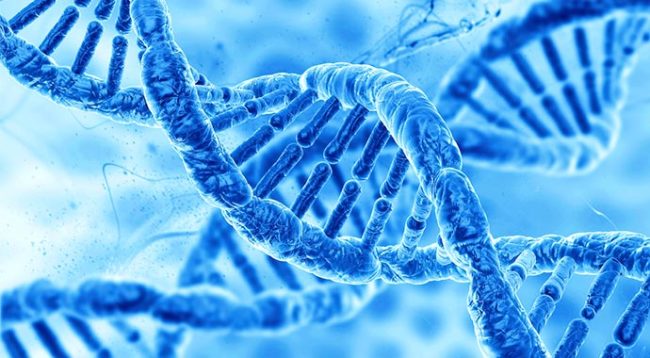Global host cell contaminant testing market – Market Highlights
the global host cell contaminant testing market is expected to register a CAGR of ~4.9% from 2021to 2027 and hold a value of over ~USD 400 million in 2027.
The increasing demand for personalized medicine and advancements in biopharmaceuticals are some of the factors that are likely to drive the growth of the host cell contaminant testing market. Increasing incidences of chronic diseases such as cancer and increasing R&D activities will create opportunities for the host cell contaminant testing market in the future. Host cell contaminants are introduced during the process of expressing and producing biological drugs using cultured cells. The concentration of host cell proteins in samples from drug substances and downstream purification is determined by host cell contaminant testing. Host cell contaminant testing plays an important role in both the safety and efficacy of a medicine. The host cell contaminant testing is performed by various techniques, such as host cell protein assay (ELISA, Immunoligand Assay, SDS-PAGE, and Immunoblotting) and host cell DNA assay (Quantitative PCR and Dot-Blot Hybridization).
The market players are focusing on the expansion of their distribution network and supply chain to gain more penetration in the global host cell contaminant testing market. The key players are involved in new product launches, strategic agreements, and joint ventures to augment their market positions. For instance,in June 2019, Cygnus Technologies (US), a MaravaiLifeSciences (US) company, announced an expansion of its service offerings for Host Cell Protein (HCP) analysis. A pioneer in tools for the detection of HCP impurities in biopharmaceuticals and vaccines, Cygnus now gives offerings to pick out and quantify the ones impurities, which could effect the efficacy and balance of the therapeutic.
Global host cell contaminant testing market – Regional Analysis
North America is expected to dominate the host cell contaminant testing market in 2021, owing to developments such as new technology launches, improved efficiency, and productivity in the biopharmaceutical industry, increasing investment in R&D activities by companies, and improved healthcare infrastructure in the region. Healthcare companies are also focusing on developing novel techniques for host cell contaminant testing, which is fueling the growth of the market.
Europe is expected to hold a significant share in the host cell contaminant testing market due to established R&D facilities across the region. In addition, the presence of supportive regulatory systems and the development of innovative and cost-effective host cell contaminant testing solutions by companies in the region are also expected to boost growth.
Asia-Pacific is anticipated to be the fastest-growing regional market during the forecast period. This growth is attributed to the presence of a large target population suffering from chronic diseases such as cancer and increasing government investment in healthcare infrastructure. In addition, the increasing R&D investments by the major players in the region are also creating opportunities for market players.
Furthermore, the growth of the market in the rest of the world is attributed to increasing investment by the major players in the region, technological advancements in medical science, coupled with increased funding for the development of healthcare infrastructure throughout the region.
Global host cell contaminant testing market – Segmentation
The global host cell contaminant testing market has been segmented into type and end user.
By type, the market has been segmented into host cell protein and host cell DNA assay. Host cell protein assay is further sub-segmented into ELISA, ILA, SDS-PAGE, and immunoblotting. Host cell DNA assay is further bifurcated into quantitative PCR and DOT-Blot hybridization. Host cell protein assay held a larger share of the market in 2020 due to increasing expenditure for R&D activities.
Based on end user, the global host cell contaminant testing market has been classified as biopharmaceutical companies, contract research organizations, contract manufacturing organizations, and academic & research institutes.The biopharmaceutical companies segment held the largest segment share in 2020, owing to high investment in the field of biopharmaceuticals.
Global host cell contaminant testing market – Key Players
Some of the key players in the global host cell contaminant testing market are BioGenes GmbH (Germany), Bio-Rad Laboratories, Inc. (US), Cisbio Bioassays SAS (France), Cygnus Technologies LLC (US), Enzo Life Sciences, Inc. (US), ForteBio (US), GE Healthcare (US), Molecular Devices LLC (US), ProteinSimple (US),and Thermo Fisher Scientific, Inc. (US).

